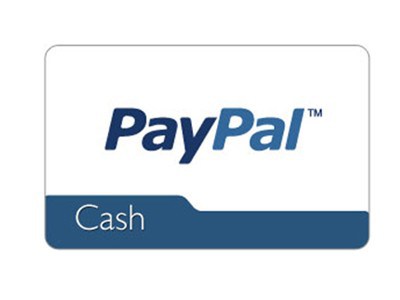Research shows that the average US household owes over $104,000. Being in debt isn’t always a problem, but if your debts spiral out of control, money worries can be a major source of stress. In this guide, we’ll outline simple steps to deal with debt effectively.

Get an accurate idea of how much you owe
The first thing to do when tackling debt is to work out how much money you owe. Most people who are in debt owe money as a result of taking out a mortgage. Mortgages help individuals to buy real estate. Other common sources of debt include personal loans, credit cards and unpaid bills. Check your balances and statements and figure out your total debt value. Note down separate creditors and balances.
Prioritize outstanding payments and high-interest debts
When you’re clearing debts, it’s critical to address outstanding bills and high-interest debts first. Examples include high-interest loans and credit cards. Check that you are up to date with mortgage or rent payments and utility bills. If you’ve fallen behind, liaise with creditors and make payments as quickly as possible. Financial organizations and creditors will usually issue reminders before contacting firms like Hayt Hayt & Landau to pursue payments. If you’re up to date with repayments and bills, clear debts like credit card balances before you start saving money. It’s important to contact lenders or seek expert financial advice if you’re worried about missing repayments to protect your credit score and minimize stress.
Lower outgoings
The best way to avoid adding to your debts is to reduce spending. Try to lower your outgoings by cutting back on luxury items and setting a budget each month. Go through bank and credit card statements and get to grips with where your money goes. Highlight areas where you can make savings. Perhaps you could reduce your TV package costs, or maybe you’re paying for a membership you never use or a free trial that ended ages ago. Maybe you spend far more than you thought at the grocery store, or you buy more clothes than you need. Cancel subscriptions and standing orders and plan ahead. Set a monthly limit for fuel, groceries, eating out, clothing and other household goods, and establish a budget for non-essentials. Figure out how much money you can save or use to clear debts.
Draw up a plan
Drawing up a plan is a brilliant way to pay off debts and monitor spending going forward. Seek expert advice if you have substantial debts or you’re worried about being able to cover costs. Tackle debts before you spend money on non-essentials or add to your savings account. Use your budget to allocate funds to clear debts every month. If you’re unsure which payments to make first, speak to a financial adviser or contact a debt charity. Experts can help you make a tailored plan to improve your financial situation.

Money worries are one of the most common causes of stress for US adults. Getting into debt can be scary, especially if you’re worried about covering household bills or making repayments. Use this handy guide to help you deal with existing debts and manage your finances in the future.



